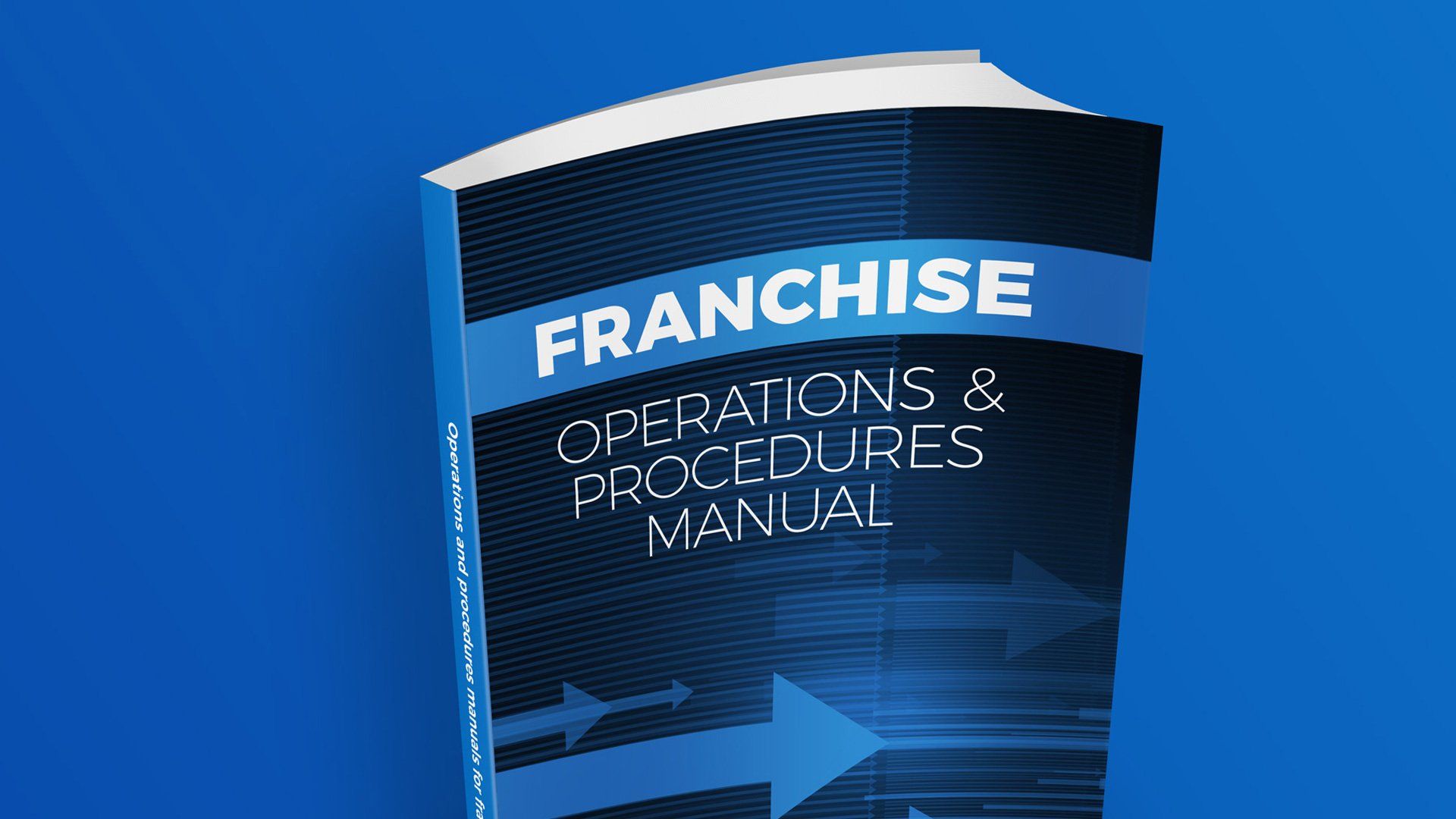Are operations manuals facing extinction?
Operations and procedures manuals for franchisees (manuals) are in use since the early days of modern-day franchising. Researchers tell us that a McDonald’s branch manager wrote a manual during the late 1950s. He had realised that to achieve and maintain predictable standards of quality and service required written instructions.
This idea was quickly embraced by other franchisors but not always by their franchisees. Far too many manuals were left to gather dust, prompting franchisors to question their practical value. Because this trend continues, it begs the question, “are operations manuals facing extinction?” Kurt Illetschko offers his take on this issue.
The manual is a must-have
Agreement exists the world over that, “without an operations manual there can be no franchise.” After all, a bona fide franchise is not just about a brand or a product but an all-encompassing business system that has been developed, tested and proven to work before it was offered as a franchise.
No responsible franchisor will guarantee the success of its future franchisees. There are simply too many variables that determine the success or otherwise of a new business. However, because a franchise is widely seen as a blueprint to business success, prospective franchisees are entitled to receive detailed instructions on how to emulate the franchisor’s success. Most certainly, assuming that they follow the franchisor’s blueprint to the letter and work hard, their success chances should be significantly higher than those of an independent start-up. That’s what they pay up-front franchise fees for.
The manual is the blueprint to business success. Prepared properly and kept up to date, it will provide comprehensive guidelines for everything the franchisee needs to do to become successful. Disciplines covered include CI, marketing, customer service and operations. The manual will also deal with HR, financial management, general business management and statutory obligations.
So, what went wrong?
Regrettably, no binding standards for the compilation of manuals exist. Some short-sighted franchisors have exploited this gap by producing manuals that are little more than a motley collection of instruction sheets, outdated emails etc. This is akin to shooting themselves in the foot. Every successful franchise depends on the meticulous duplication of the original concept. Franchisees can’t be expected to deliver on this expectation unless they have a written record of what they need to do.
In fairness, it must be said that franchisors aren’t the only ones to blame. Some networks had the right approach in the beginning. They produced comprehensive manuals but their franchisees failed to use them. These franchisees lacked the patience required to read reams of complex instructions. Instead of consulting the manual when they needed guidance, they found it easier to pick up the phone and ask someone at head office to help.
In a misplaced attempt to be the nice guys, franchisors generally obliged. Eventually, they concluded that investing money into the upkeep of manuals was a waste of resources so they allowed them to become outdated. This made it even more unlikely that franchisees would use them, thus creating a vicious cycle, with the manual the ultimate victim.
IT to the rescue
When it comes to operations manuals, the future is full of promise. Loading manuals onto the internet is no longer new. Doing so, even in its basic format, offers significant benefits because searching for information and updating it become quicker and easier. More recently, new software packages came on the market that turn the humble operations manual into a three-dimensional powerhouse of learning and information.
It works like this: The manual is loaded onto a franchisor’s dedicated website. A process or procedure is explained in a few easy-to-read sentences. The text is enhanced with graphics and pictures, and there is more. In suitable circumstances, the text ends with a link. The reader clicks on it and receives a hands-on demonstration of the process in the form of a YouTube video. These videos come compete with voice and music if required; it can’t get more exciting than this.
What the future holds
I believe that this new approach to the presentation of manuals will revolutionise the training of franchisees and their staff. For example, every time a new person either joins the franchisee’s company or is ready to assume additional responsibilities, they can access relevant training modules. They obtain top notch training, either during quiet periods on the shop floor or even in the comfort of their own homes. No more absence from work to attend training and no travel required.
I am confident that this format will appeal to every user regardless of age or personal preferences. It will make it practical for franchisors to upskill their brands’ complete staff via the internet at very little cost. Best of all, individuals who struggle to absorb the material during the initial screening can repeat the sessions on demand.
I am excited, aren’t you?
Kurt Illetschko is a franchise expert and writer on franchise-related topics. You can contact him at franchise@intekom.co.za.

